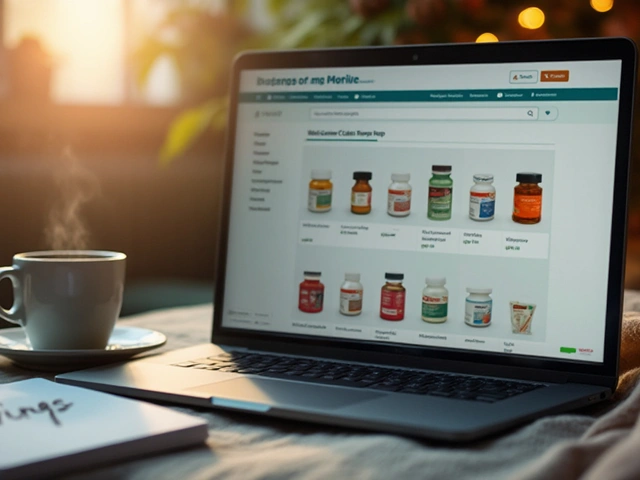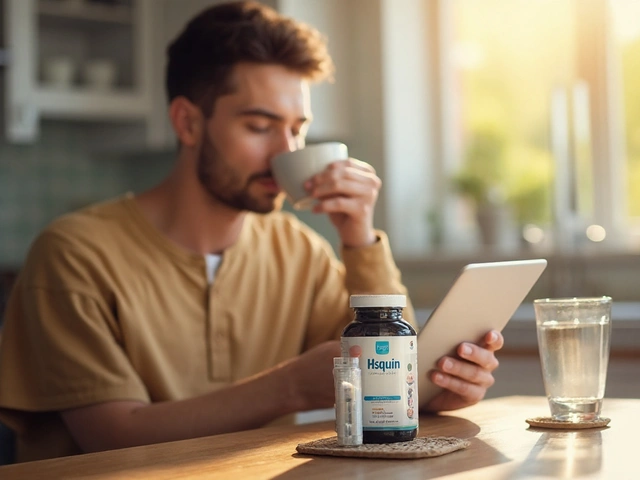Travel Nausea: How to Prevent and Treat It on the Go
When dealing with travel nausea, the queasy, uneasy feeling that strikes many people during car rides, flights, cruises, or train trips. Also known as motion sickness, it usually occurs because the inner ear, eyes, and brain send mismatched signals about movement. Travel nausea can ruin a vacation, business trip, or simple commute, but understanding its roots makes it easier to control.
Key Players Behind the Queasy Feeling
The first player is motion sickness, a condition triggered by conflicting sensory input during travel. The second is antiemetic medication, drugs that block the brain’s nausea signals. A third option many travelers reach for is the scopolamine patch, a transdermal device that releases medication over several days to prevent nausea. Finally, the natural contender ginger, a root known for its anti‑nausea compounds offers a chemical‑free alternative.
These entities connect in simple ways: travel nausea encompasses motion sickness; effective relief often requires antiemetic medication or a scopolamine patch; and ginger complements pharmaceutical options by soothing the stomach without side effects. Understanding this network helps you pick the right tool for your journey.
When you plan a trip, start with prevention. Choose seats that face forward and keep your gaze on the horizon—this reduces the sensory mismatch that fuels motion sickness. Stay hydrated, but avoid heavy meals or alcohol right before traveling; an empty stomach can be just as problematic as an overly full one. If you know you’re prone to nausea, consider a low‑dose antiemetic like dimenhydrinate or meclizine an hour before departure. For longer trips, a scopolamine patch applied behind the ear the night before can provide steady protection without the need to remember doses.
Natural fans often reach for ginger chewables, tea, or capsules. Research shows that ginger’s gingerols and shogaols act on the gastrointestinal tract to calm the urge to vomit. Pairing ginger with a light snack—crackers, pretzels, or plain toast—creates a double barrier: the snack settles the stomach while ginger tackles the nausea signal.
Beyond the basics, a few advanced tricks can make a big difference. Acupressure wrist bands apply pressure to the P6 point, which many studies link to reduced nausea. If you’re on a cruise, staying on deck where fresh air circulates helps; for airlines, requesting a seat over the wings minimizes turbulence sensation. Lastly, if you suffer from chronic conditions like migraine‑associated nausea, keep your prescription anti‑migraine meds handy, as they often double as anti‑nausea agents.
Every traveler’s tolerance level varies, so experiment with combinations before your big trip. Some people find that a small dose of an antiemetic plus ginger works best, while others rely solely on the scopolamine patch. The goal is to stay comfortable enough to enjoy your destination, not to spend the entire journey battling a queasy stomach.
Below you’ll find a curated collection of articles that dive deeper into each of these solutions—comparisons of common anti‑nausea drugs, detailed guides on using scopolamine safely, natural remedies like ginger, and travel‑specific tips for different modes of transport. Explore the posts to arm yourself with the knowledge you need for a smooth, nausea‑free adventure.

Coping with Travel Sickness on Public Transportation - Practical Tips & Remedies
Learn why travel sickness hits on buses, trains, and subways, and get practical tips, medication guides, and natural remedies to stay comfortable during public transport.




